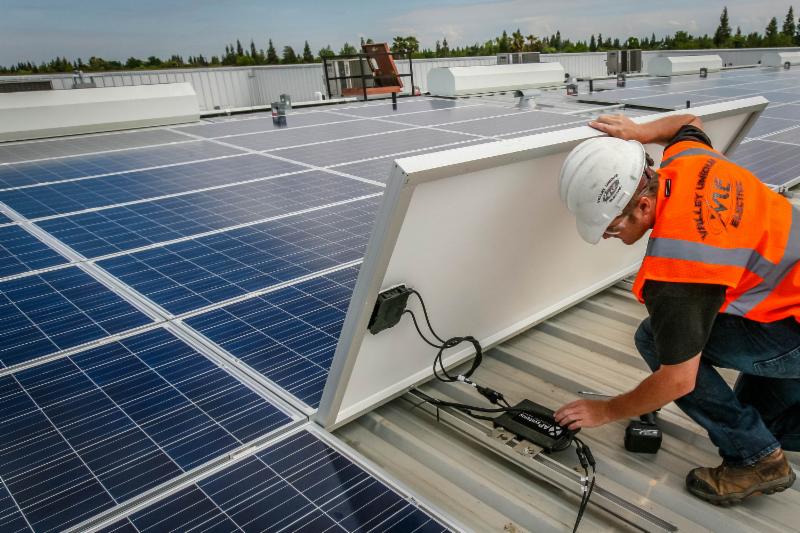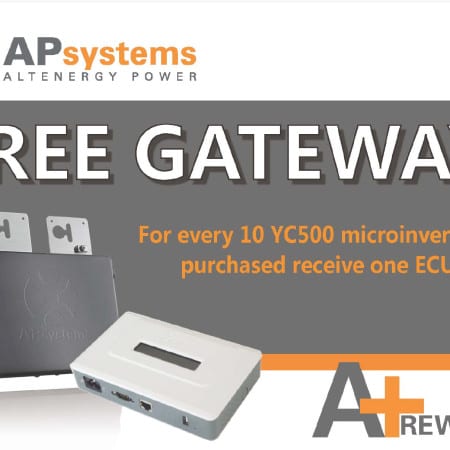Buy 5, Get 1 FREE: Fantastic A+ Rewards continues ONLY for New Zealand!
Dear Valued New Zealand Installer,
The unbelievable A+ Rewards program from APsystems continues ONLY for New Zealand! We’re proud to offer this incredible promotion to our New Zealand installers.
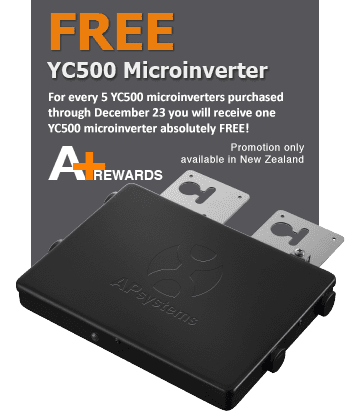 For every 5 YC500 microinverters purchased from an APsystems participating distribution partner in New Zealand, you will receive one YC500 microinverter absolutely free!
For every 5 YC500 microinverters purchased from an APsystems participating distribution partner in New Zealand, you will receive one YC500 microinverter absolutely free!
That’s right: Now through December 23 2016, that’s one industry-leading YC500 microinverter FREE when you buy 5. The free units will be sent with your order.
Please refer to the full terms and conditions (below) of this A+ Rewards Program. Units sold during this promotion as well as complimentary units are not eligible for return and exchange(except in the case of standard RMA requirements such as manufacturer defect, malfunction or other issues as outlined in the APsystems YC500 warranty.)
Place your order with an APsystems participating distributor today for prompt fulfillment!
– APsystems Team
________________
TERMS & CONDITIONS:
Eligibility
The A+ Rewards Program is valid from October 14 to Dec 23, 2016. The offer is open to installers in New Zealand who purchase APsystems YC500 microinverters through participating distribution partners with which an A+ Rewards Program Distributor Participation Agreement is in place, and who purchase APsystems YC500 microinverters (YC250 microinverters are not eligible for this promotion). Purchases and complimentary products cannot be returned or exchanged. Participating Distributor partners who are also installers do not qualify to receive rebates under this program.
Specification
Once you place an order for 5 or more YC500 microinverters, you can request one free YC500 microinverters from the distributor. The distributor will send you the free YC500 microinverters with your order.
The minimum order for this program is 5 YC500 microinverters, and 5 microinverters are considered as a unit to calculate the number of free microinverters under the rebate. For example, an order of 9 microinverters would only qualify for one free YC500 microinverters; an order of 10 microinverters would qualify for two free microinverters.
The number of free YC500 microinverters under the rebate is based on each individual order, and the purchase quantities of different orders cannot be cumulative. For example, 2 separate orders of 4 YC500 microinverters would not qualify for free YC500 microinverter; but 1 order of 8 microinverters would qualify for one free microinverters.
Any questions on the promotion policy should be directed to your participating APsystems distributor.
APsystems Reservation of Rights
All rights reserved. APsystems reserves the rights to disqualify participants at any time and at its sole discretion. By participating in the offer, installers agree to be bound by these terms and conditions and the decisions of APsystems, which are final and binding, including any decisions concerning any violation or non-satisfaction of these terms and conditions. The installer shall have no right to receive free microinverter under this promotion unless the installer first fulfills all requirements of this promotion.
©2016 APsystems APAC. APsystems and the APsystems logo are trademarks of APsystems.


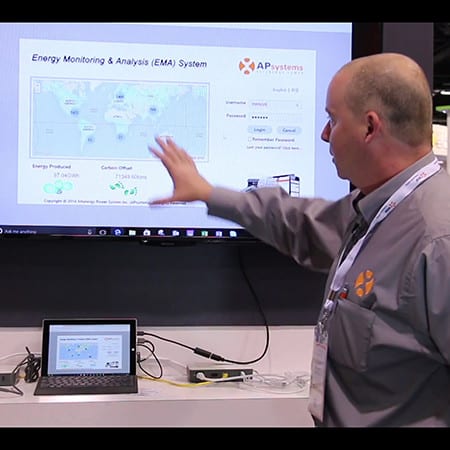
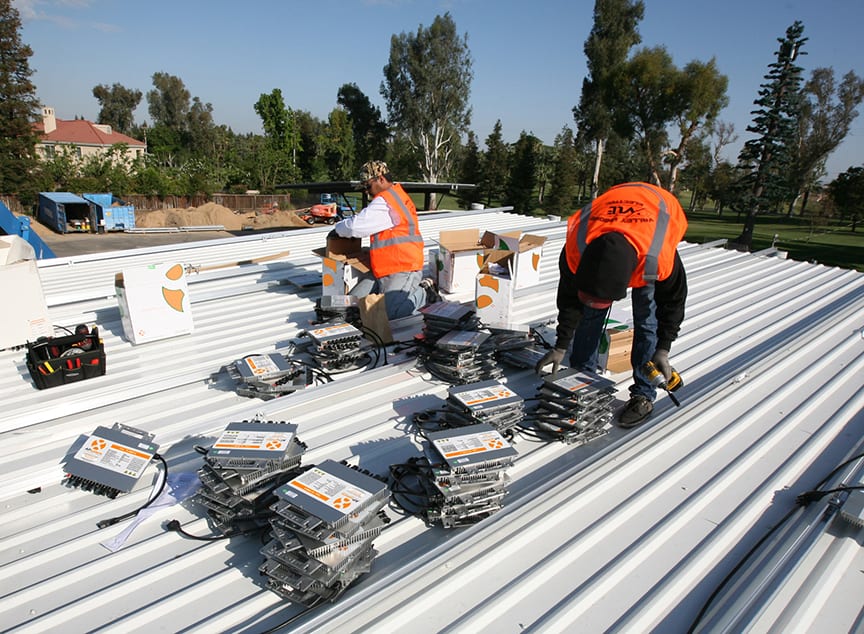
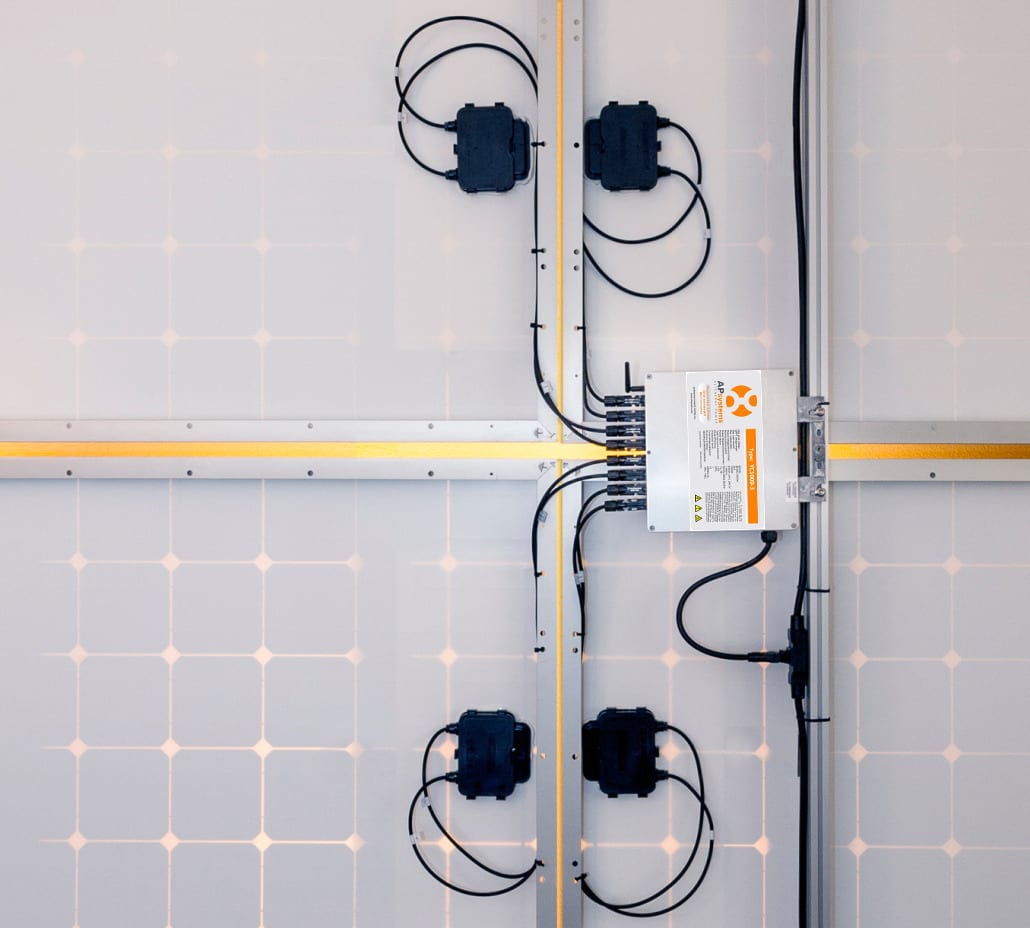
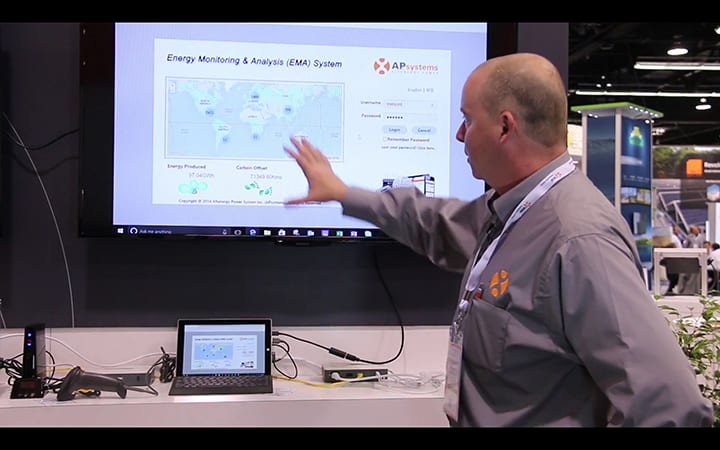


 All Energy Australia is Australia’s biggest solar energy industry exhibition and attracts the world’s top solar energy manufacturers, technologies and products.
All Energy Australia is Australia’s biggest solar energy industry exhibition and attracts the world’s top solar energy manufacturers, technologies and products.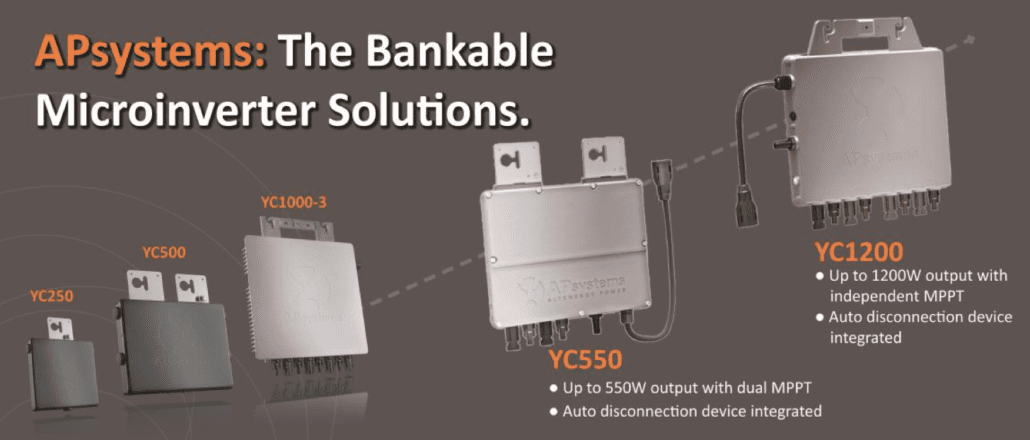
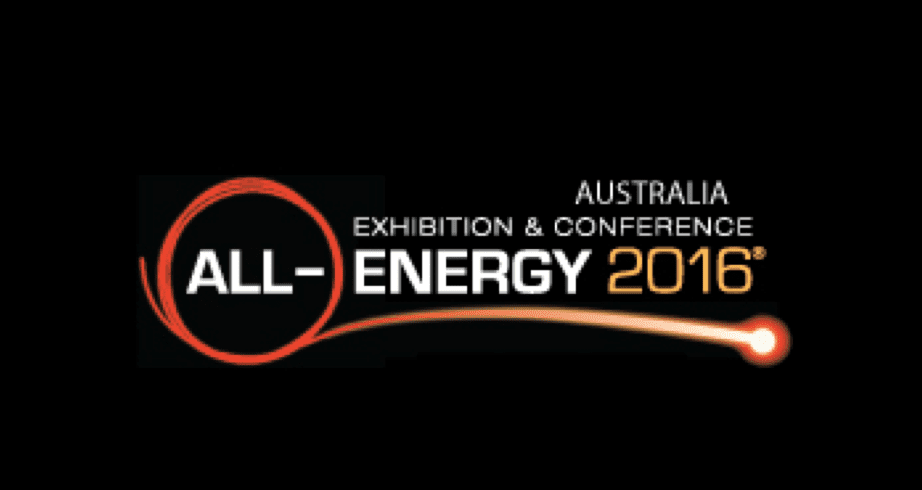 All Energy Australia 2016!
All Energy Australia 2016!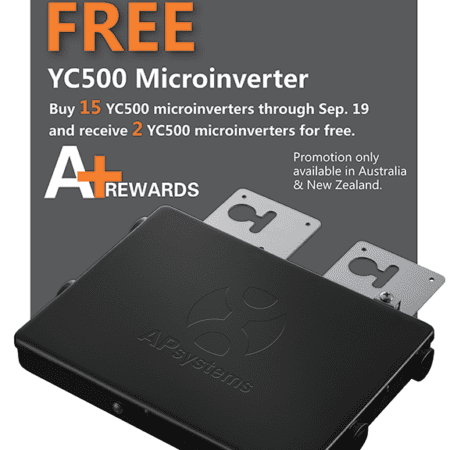
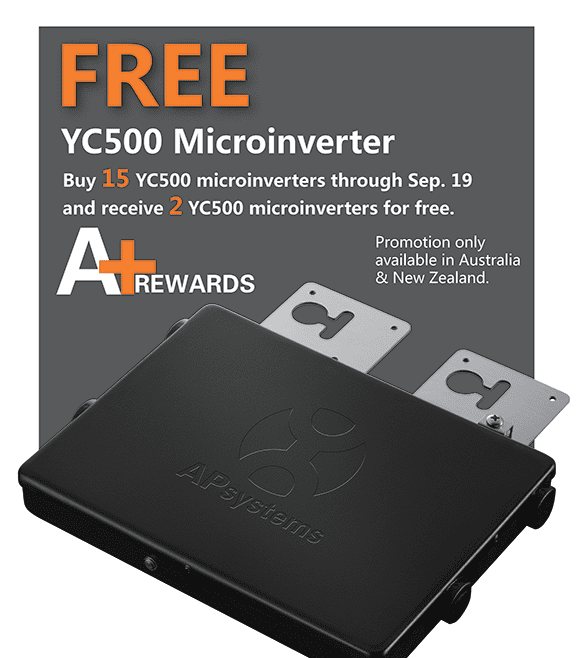 For every 15 YC500 microinverters purchased from an APsystems participating distribution partner in Australia or New Zealand, you will receive two YC500 microinverters absolutely free!
For every 15 YC500 microinverters purchased from an APsystems participating distribution partner in Australia or New Zealand, you will receive two YC500 microinverters absolutely free!
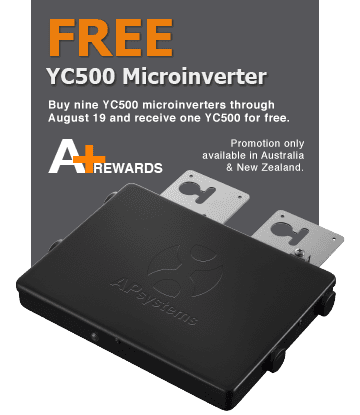

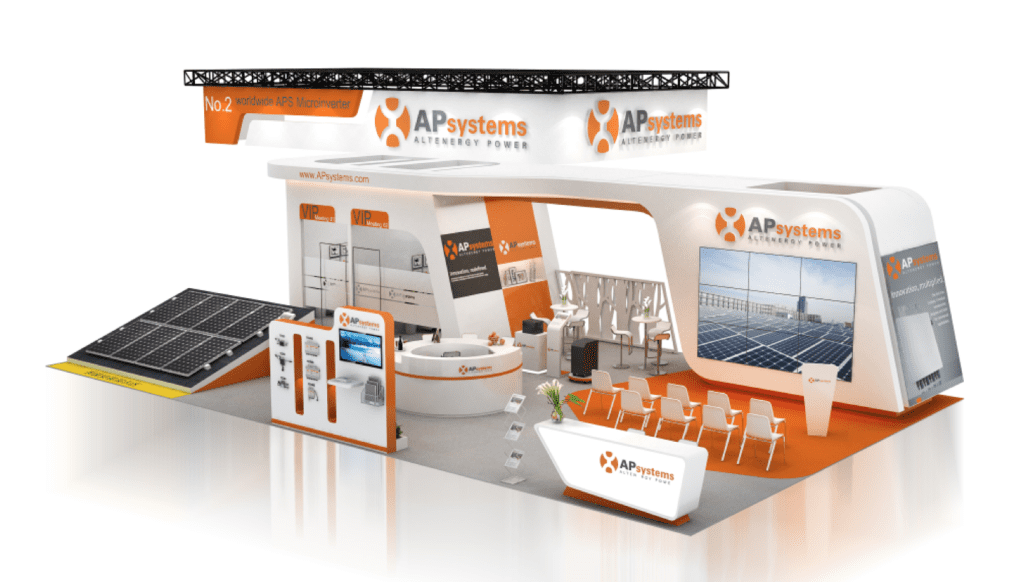

 “European, Middle Eastern and African solar market opportunities open up to APsystems with the addition of Olivier Jacques,” said Dr. Zhi-Min Ling, APsystems co-founder, CEO and president, global operations. “His solar industry leadership in these key territories is unmatched, and enhances our position as a global leader in renewable energy technologies.”
“European, Middle Eastern and African solar market opportunities open up to APsystems with the addition of Olivier Jacques,” said Dr. Zhi-Min Ling, APsystems co-founder, CEO and president, global operations. “His solar industry leadership in these key territories is unmatched, and enhances our position as a global leader in renewable energy technologies.”
